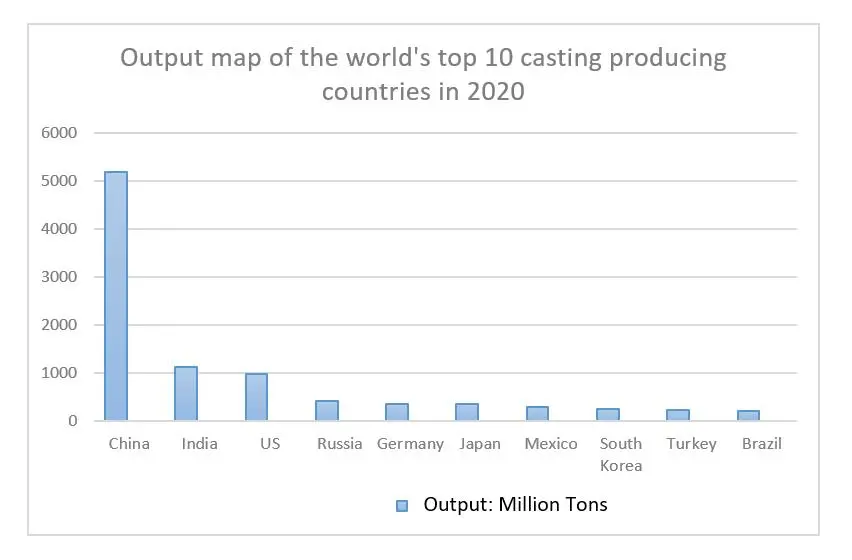Is Sand Casting Expensive?
Sand casting is a widely used manufacturing process that involves creating metal parts by pouring molten metal into a sand mold. Despite its wide application in various industries, questions surrounding its cost-effectiveness often arise. In this article, we will explore the factors influencing the expenses associated with sand casting and evaluate whether it is a costly endeavor or an economical option for manufacturers.
Understanding Sand Casting
Before delving into costs, it’s crucial to understand the basics of sand casting. The process begins with creating a pattern, typically made of metal or plastic, which is used to form the sand mold. This mold is made from a mixture of sand, clay, and water, which binds the sand particles together. Once the mold is prepared, molten metal is poured into the cavity, allowed to cool and solidify, and then the sand is removed to reveal the final cast component.
Factors Influencing Costs
Several factors impact the overall expenses of sand casting, including
1. Pattern and Mold Creation The construction of a pattern is often the most significant upfront cost. High-quality patterns, especially those made of durable materials, can be expensive. The complexity of the design also influences the time and resources required for pattern making.
2. Material Costs The type of metal used has a direct effect on the cost. Common materials like aluminum and magnesium are generally more affordable compared to specialized alloys that may be required for specific applications. Additionally, the price of sand and bonding agents can vary based on market conditions.
is sand casting expensive

3. Production Volume Sand casting is particularly economical for low to medium production volumes. However, for high-volume productions, alternative methods such as die casting or investment casting may prove to be more cost-effective despite higher initial setup costs.
4. Labor Costs The labor required for sand casting can also add to the overall expense. Skilled labor is necessary for pattern creation, mold preparation, and post-casting processes. The geographical location of the production facility plays a significant role in labor costs; areas with higher wages will naturally increase the overall expenditure.
5. Post-Processing After casting, many metal parts require additional finishing processes, such as machining, surface treatment, or coating, which can add to the final cost. The complexity and quality of finish required will dictate the amount of additional investment.
Cost Effectiveness of Sand Casting
Despite the potentially high upfront costs, sand casting often proves to be a cost-effective method for producing metal parts, especially in low-volume scenarios. Given its flexibility in design and material selection, sand casting is an excellent choice for custom components and prototypes. Additionally, the ability to work with a wide range of metals makes it versatile for various applications in industries like automotive, aerospace, and art.
One of the strengths of sand casting lies in its lower tooling costs compared to other metal casting methods. Once a pattern is created, producing molds is relatively inexpensive, making it feasible for smaller production runs. Furthermore, the process allows for intricate shapes and designs that might be more challenging or expensive to produce using other casting techniques.
Conclusion
In conclusion, while there are several factors that can contribute to the expenses associated with sand casting, it is essential to recognize its versatility and potential cost-effectiveness, especially for low to medium production volumes. The initial investment in patterns and labor can seem costly, but the long-term benefits and flexibility offered by sand casting often outweigh these initial costs. Manufacturers must carefully assess their specific needs, production volume, and design requirements to determine whether sand casting is the right choice for their projects. Ultimately, for many applications, sand casting remains an economical and efficient method of producing high-quality metal components.
Post time:វិច្ឆិកា . 30, 2024 16:15
Next:रेतीसँग 3d मुद्रण गर्नुहोस् ।
